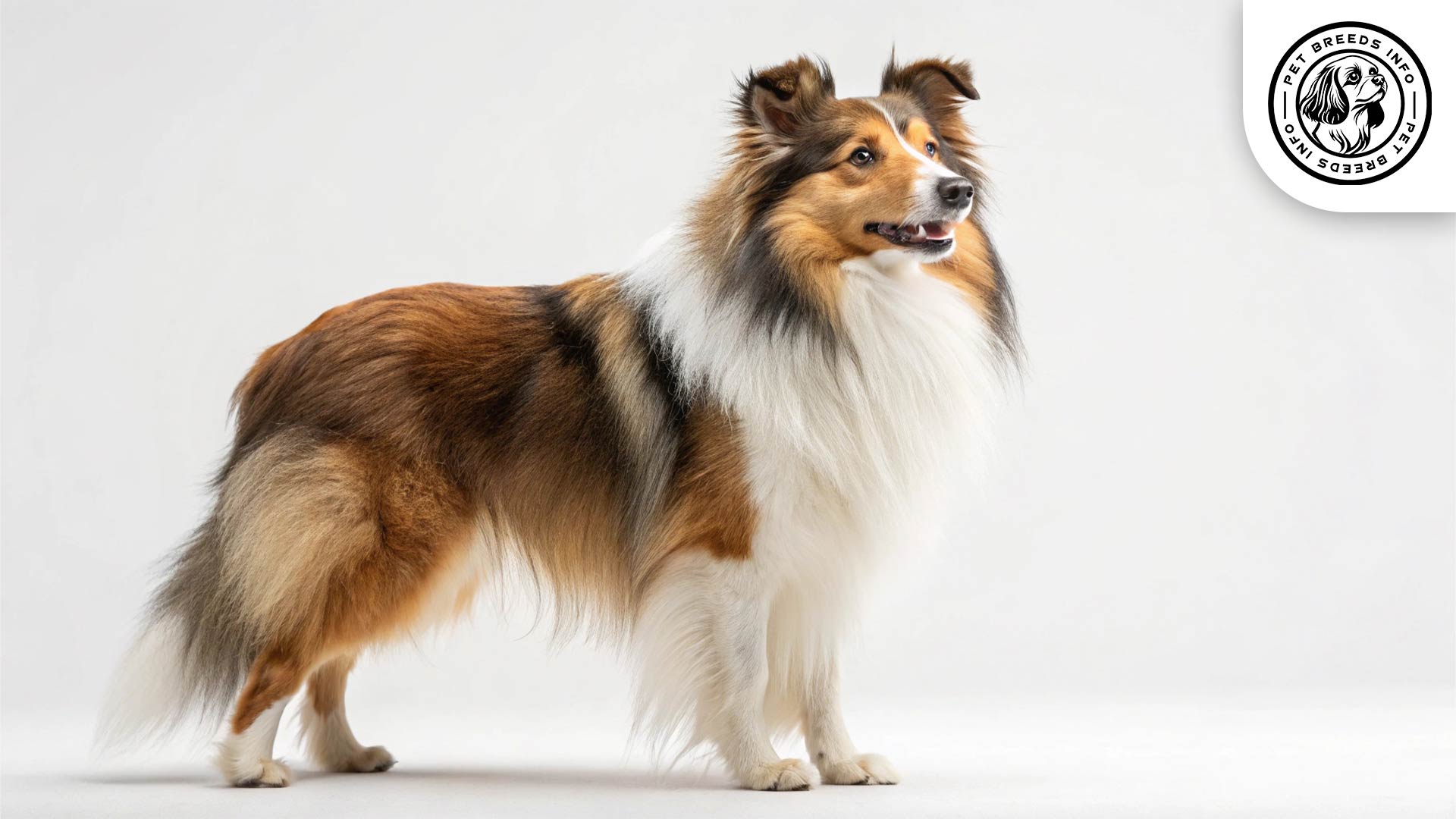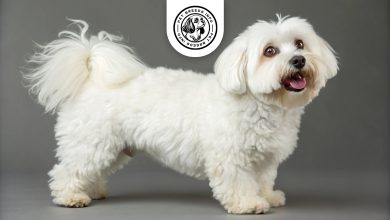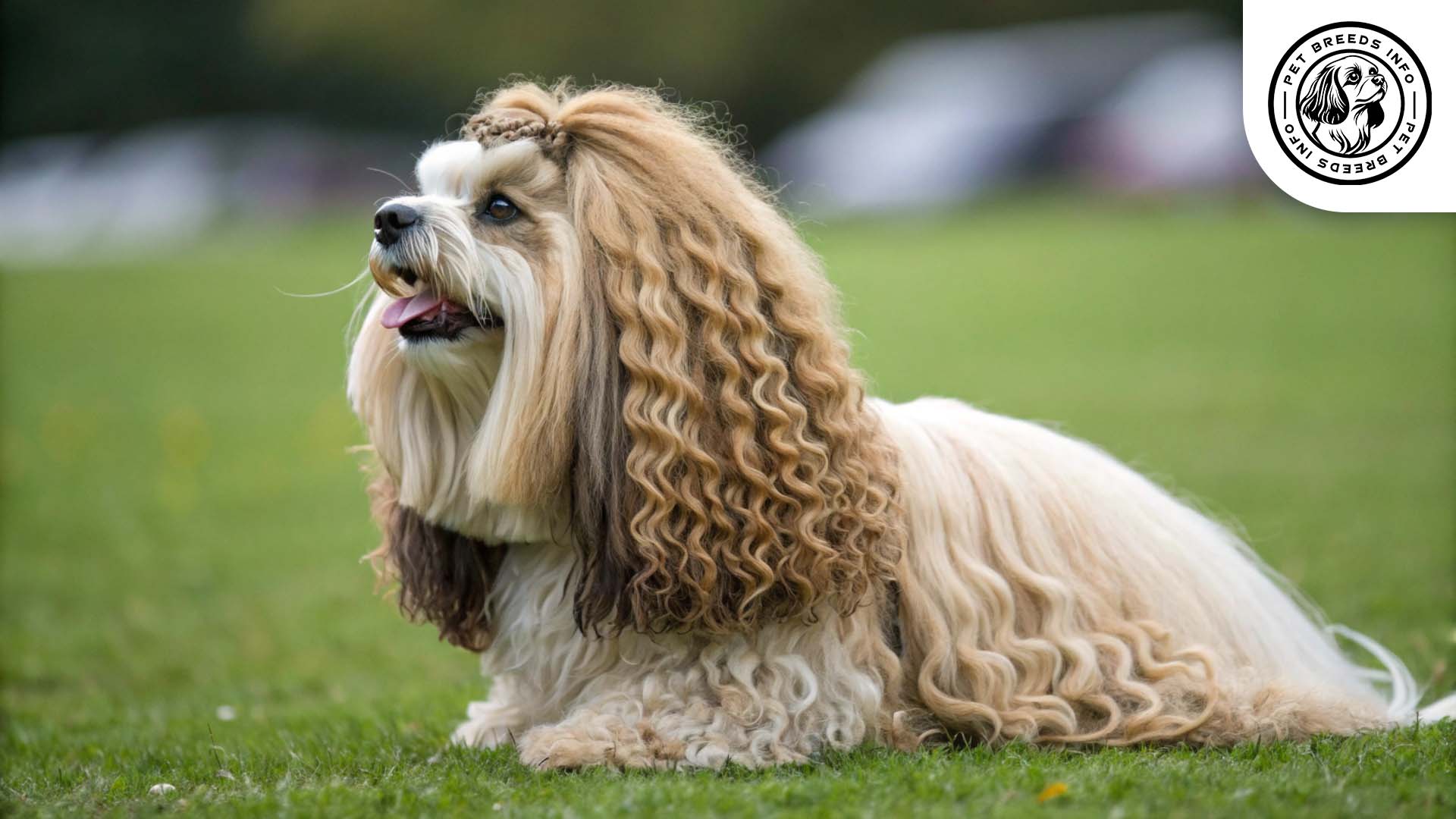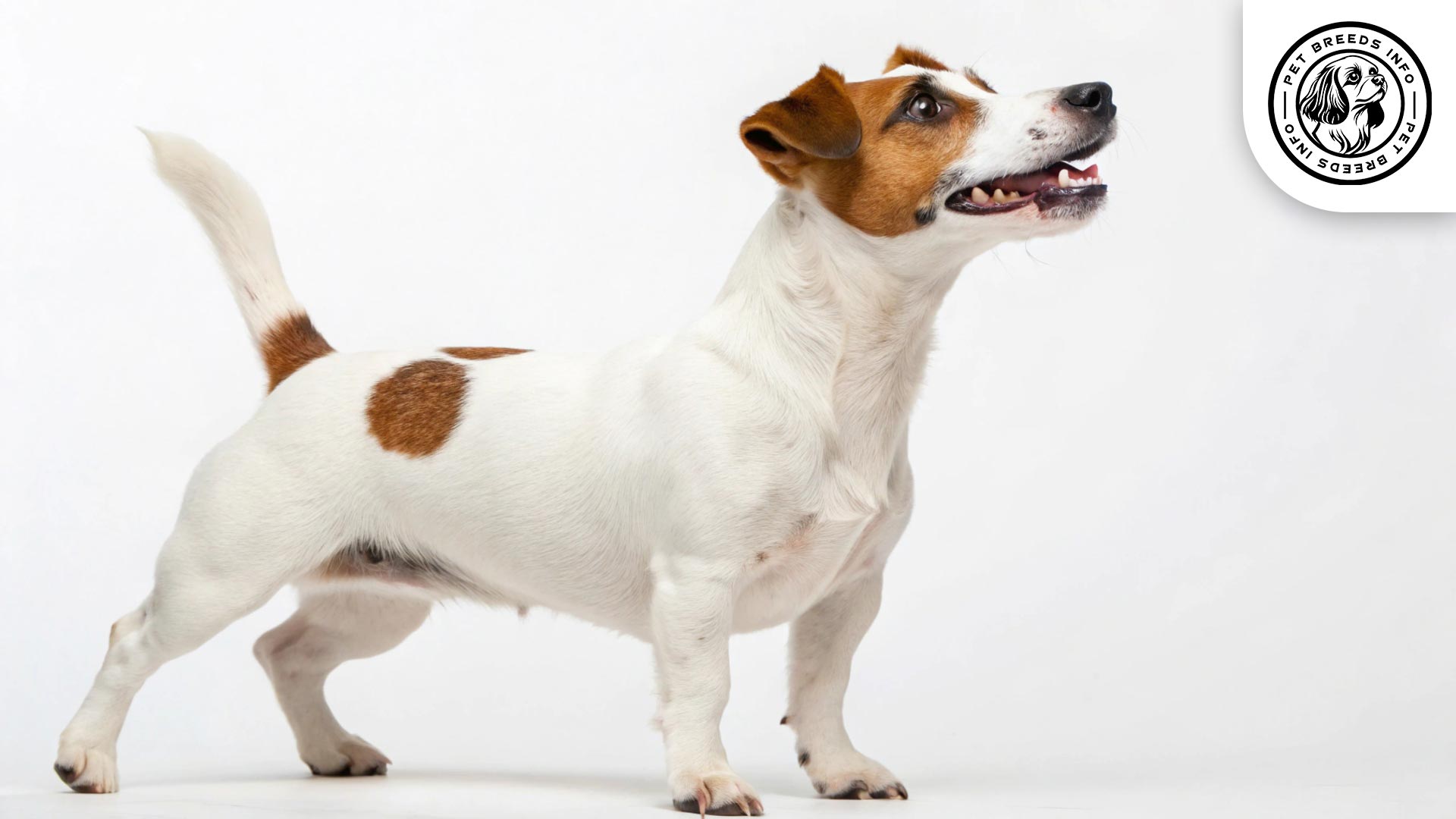Shetland Sheepdog Breed: Size, Price & Personality
General Introduction of the Breed
The Shetland Sheepdog, commonly known as the Sheltie, is a small herding breed that originated in the Shetland Islands of Scotland. Developed from small working Collies and other native dogs, the breed was used primarily as a farm helper to herd sheep and poultry. Over time, the Sheltie gained popularity as a companion dog due to its intelligence, affectionate nature, and striking appearance.
Table of Contents
| Weight | 14-25 lbs |
| Lifespan | 12-14 years |
| Diet | High-protein kibble, wet, or raw |
| Care | Regular grooming, daily exercise |
| Health | Hip dysplasia, PRA, CEA, von Willebrand’s disease |
| Color | Sable, blue merle, black, tricolor |
| Nature | Loyal, affectionate, energetic |
| Price | $800-$2,000 |
Physical Characteristics
Male Shetland Sheepdogs typically stand between 13 to 16 inches (33 to 41 cm) at the shoulder and weigh around 15 to 25 pounds (7 to 11 kg). Females are slightly smaller, ranging from 12 to 15 inches (30 to 38 cm) in height and weighing 14 to 23 pounds (6 to 10 kg).
The breed has a long, thick double coat that provides insulation and protection from harsh weather. Coat colors include sable, blue merle, black, and tricolor combinations.
Shelties have almond-shaped eyes that are usually dark brown, although blue or merle eyes may occur in blue merle variations. Their ears are small and typically tipped forward, giving them an alert and expressive look. The tail is long and plumed, carried low when relaxed but raised when in motion or excited.
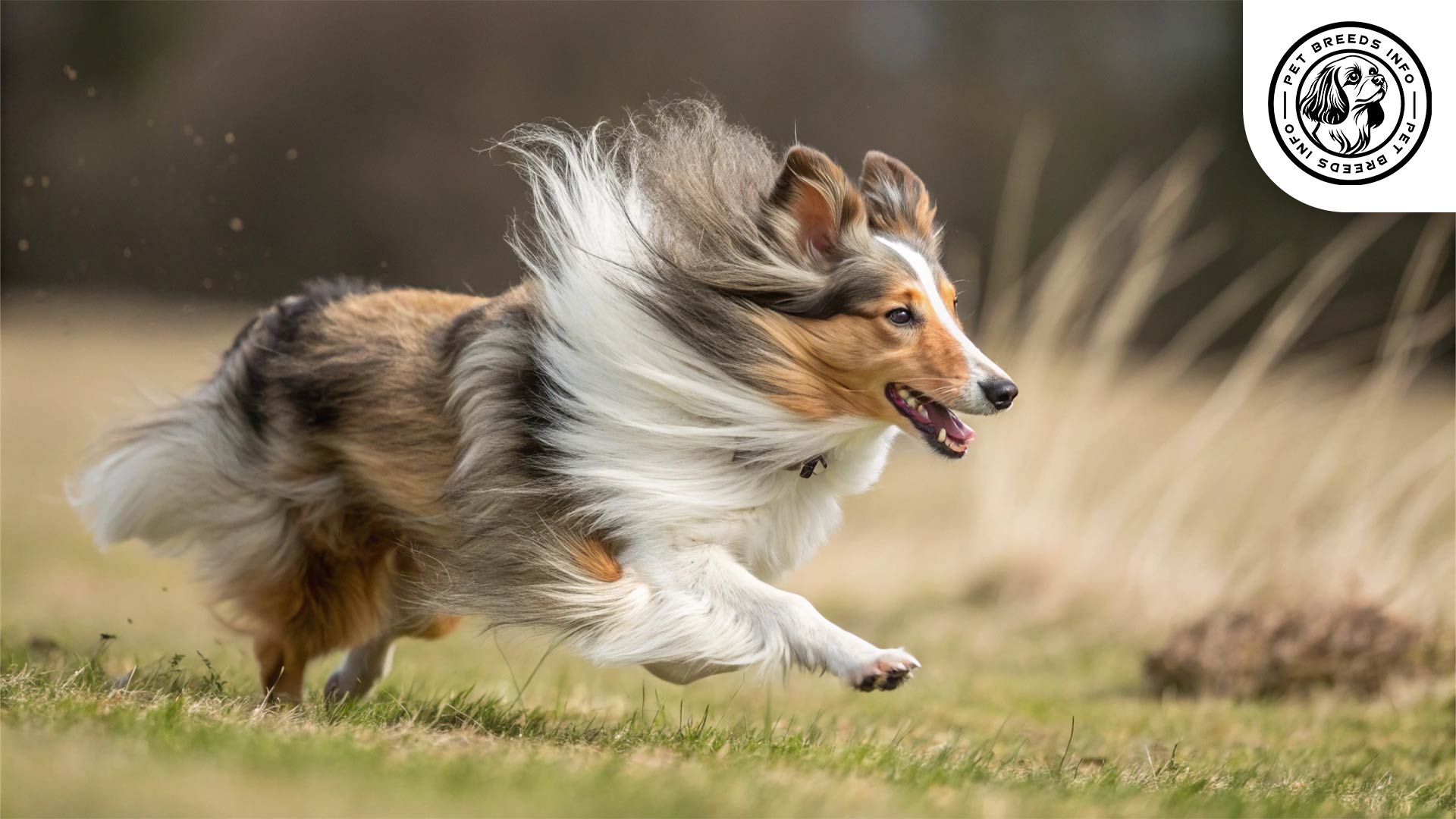
Personality and Temperament
The Shetland Sheepdog is highly intelligent and quick to learn new commands, making it one of the easiest breeds to train. It is energetic and requires regular mental and physical stimulation to stay happy. Extremely loyal, Shelties form strong bonds with their owners and may develop separation anxiety if left alone for long periods.
They are friendly with people and children, but their natural herding instincts may lead them to “herd” small kids by gently nudging them. While they get along well with other pets, they can be reserved around strangers. Their sensitivity makes them highly observant of their environment, and they often react to changes in surroundings or routines.
Care and Maintenance Requirements
Shetland Sheepdogs need daily exercise, including walks, playtime, and mental games. They thrive in homes with access to a yard but can adapt to apartment living if their exercise needs are met.
Their thick coat requires regular grooming, usually two to three times a week, to prevent tangles and matting. Shelties shed heavily, especially during seasonal coat changes. Bathing should be done as needed, and routine nail trimming, ear cleaning, and dental care are necessary to maintain good health.
This breed is sensitive to extreme heat due to its thick double coat. Providing shade and fresh water in hot weather is essential to prevent overheating.
Read More: Saluki Dog
Diet and Nutrition
A balanced diet consisting of high-quality dry kibble, wet food, or a raw diet is recommended for Shelties. Protein-rich foods support their active lifestyle, and omega fatty acids help maintain a healthy coat.
Avoid feeding them chocolate, onions, grapes, caffeine, and fatty foods. Portion control is important to prevent obesity, with adult Shelties requiring two meals per day, while puppies may require three to four smaller meals.

Health and Common Medical Issues
Shetland Sheepdogs are prone to genetic health conditions such as hip dysplasia, progressive retinal atrophy (PRA), Collie eye anomaly (CEA), and von Willebrand’s disease. They may also develop thyroid issues and allergies.
Their average lifespan is 12 to 14 years. Regular vet check-ups, vaccinations, and preventive care are necessary to ensure a long and healthy life.
Training and Behavior Management
Shelties are highly trainable and respond well to positive reinforcement methods like treats and praise. Early training and socialization are essential to prevent excessive barking or timidity.
They excel in obedience training, agility courses, and even herding trials. Patience and consistency are key to reinforcing good behavior, as the breed is eager to please.
Read More: Scottish Deerhound Dog
Interaction with Other Animals and Humans
Shelties are affectionate and playful, making them excellent family pets. They generally get along well with children but should be supervised around younger kids to avoid accidental herding behavior. Introductions to other pets should be gradual, but they tend to coexist peacefully with other animals.
The breed thrives in both family and single-owner households, seeking close companionship and attention from their loved ones.
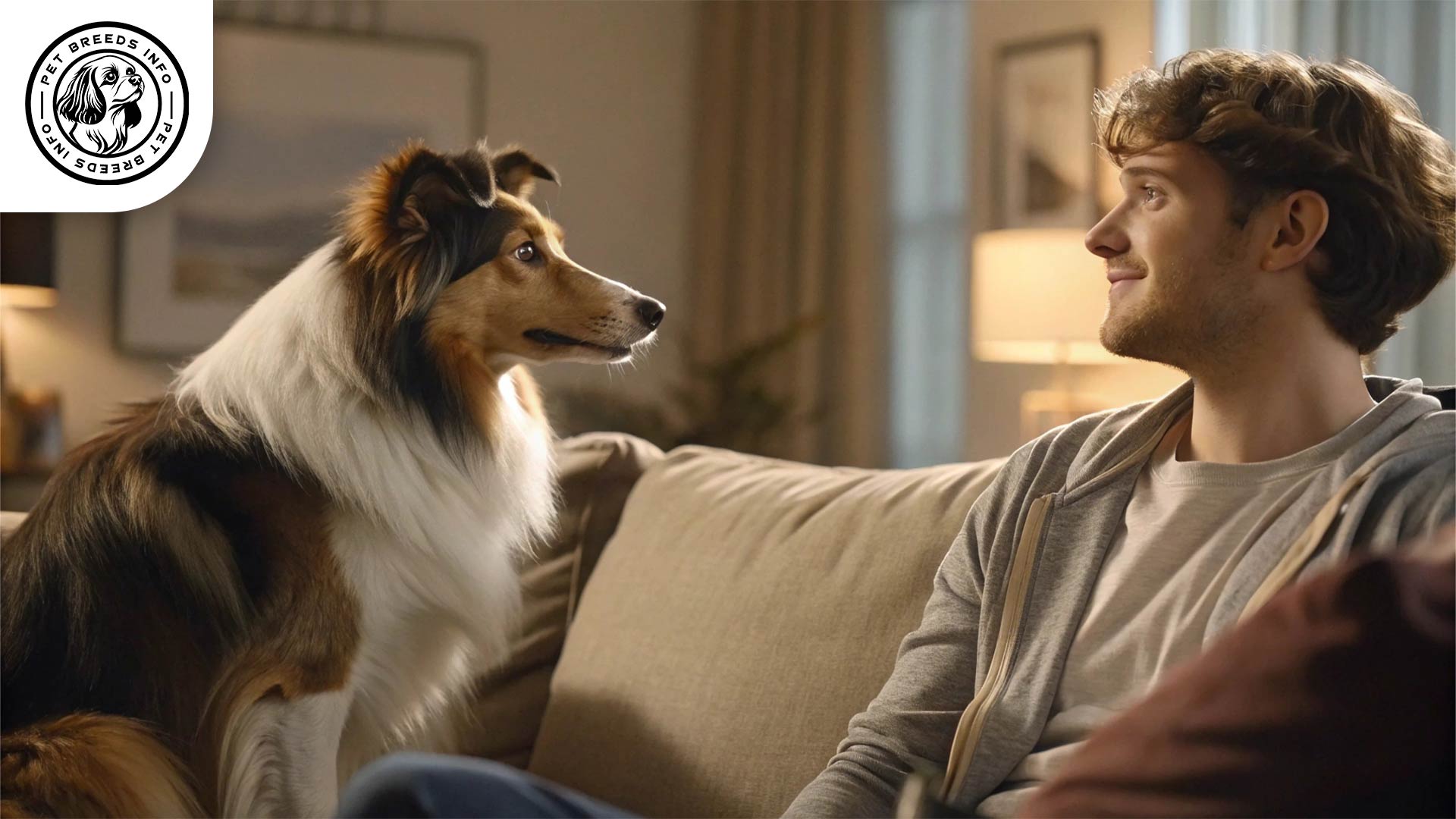
Price and Availability
The average cost of a Shetland Sheepdog puppy from a reputable breeder ranges from $800 to $2,000, depending on pedigree and location. Adoption is also an option, with Sheltie rescue organizations offering dogs at lower fees.
Potential owners should seek reputable breeders or adoption centers that test for genetic disorders and provide health guarantees.
Conclusion and Final Thoughts
The Shetland Sheepdog is an intelligent, affectionate, and loyal breed that makes a wonderful companion for families and individuals alike. Due to their high energy levels, they require regular exercise and mental stimulation.
Ideal for active households, Shelties need plenty of attention and engagement. Proper grooming, training, and healthcare make them a fulfilling and long-lasting pet for those willing to meet their needs.
Read More: Schipperke Dog
Before bringing a Sheltie home, prospective owners should consider their time commitment, living space, and activity level to ensure a mutually happy companionship.
FAQ
Is the Shetland Sheepdog good with children?
Yes, Shelties are playful and affectionate with children, but supervision is recommended to avoid accidental herding behavior.
How much exercise does a Shetland Sheepdog need?
They require daily exercise, including walks, playtime, and mental stimulation. They thrive with regular activity.
Does the Sheltie shed a lot?
Yes, they shed heavily, especially during seasonal changes. Regular grooming (2-3 times a week) helps manage shedding.
Can a Shetland Sheepdog live in an apartment?
Yes, they can adapt to apartment living if they get sufficient exercise and mental stimulation.
